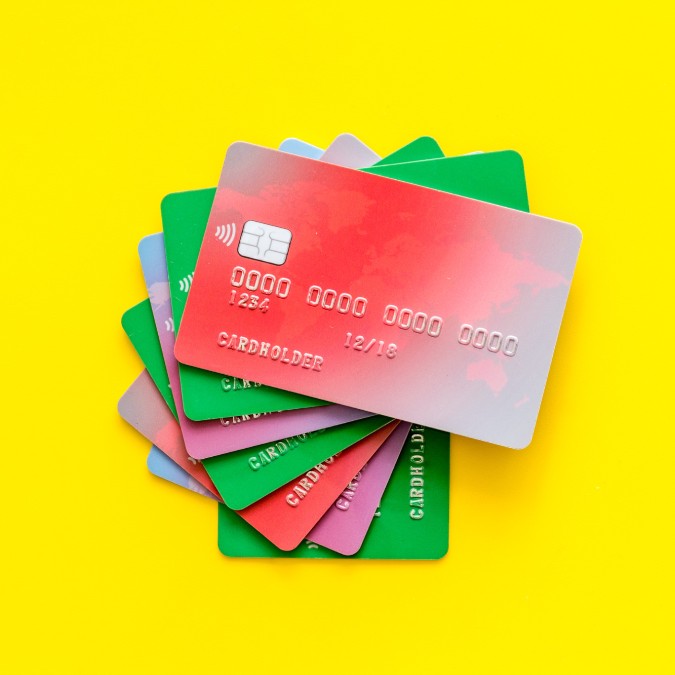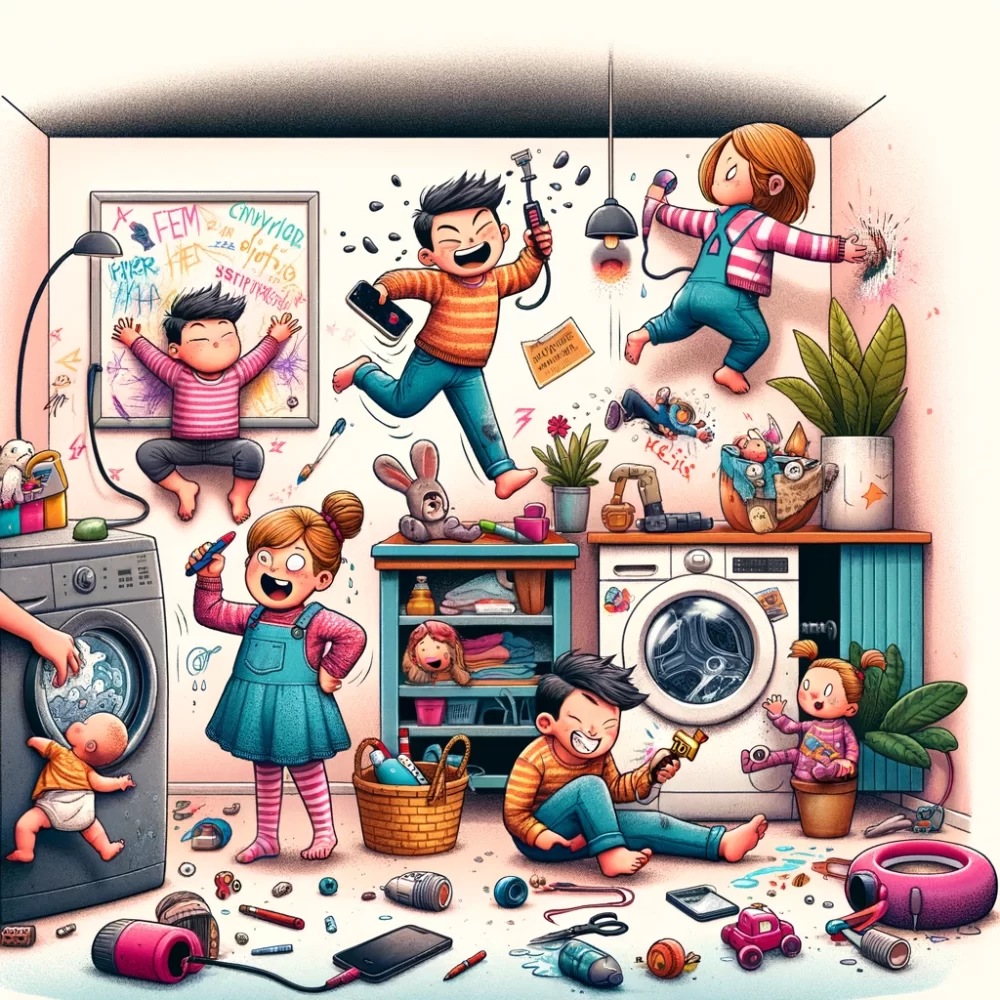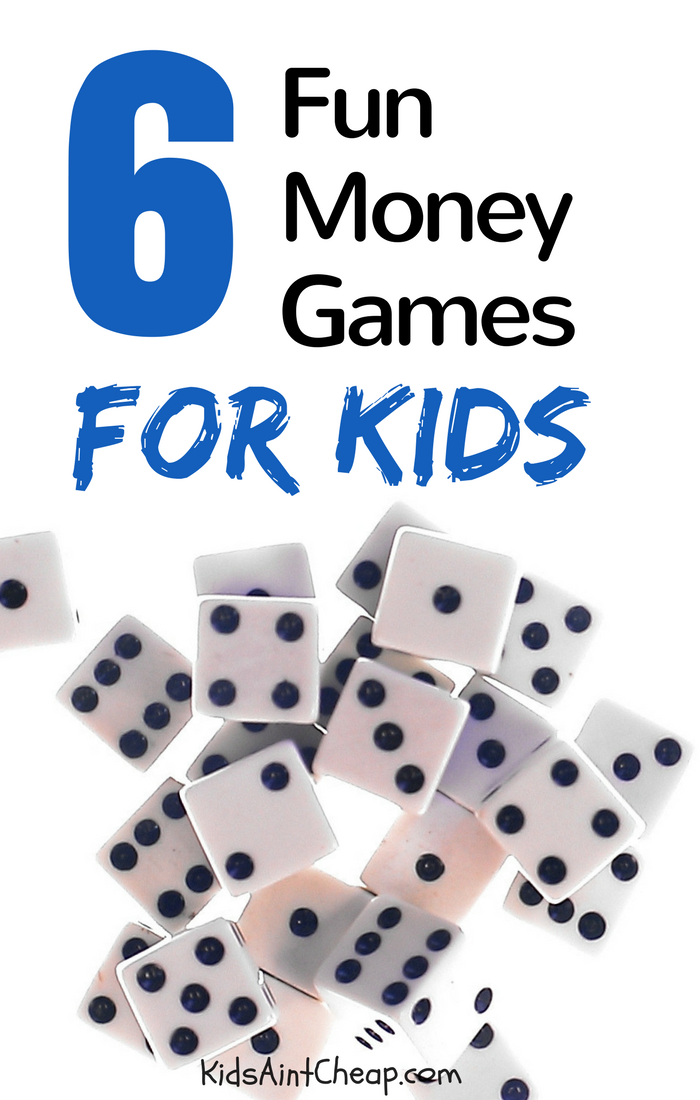
There’s something magical about a teen’s first paycheck—the pride, the excitement, the burst of independence. Ask any adult and they’ll likely remember that first “real” deposit as a milestone on the road to adulthood. Yet for many kids, steady income quickly translates into a shopping spree, a drained debit card, and a puzzled look when gas money runs out. Building healthy financial habits at the start of a working life is easier than unlearning bad ones later.
The good news: most money mistakes teens make can be prevented—or at least softened—through open conversations, simple systems, and a bit of accountability. Below are six classic missteps teens fall into with their first job, plus friendly, practical ways to steer them toward smarter choices.
1. Spending Every Penny They Earn
The “100 percent consumption trap” tops the list for a reason. A brand-new paycheck often feels like free money—until it’s gone. Takeout meals, digital downloads, and spur-of-the-moment outings drain accounts before teens remember how many hours of work that balance required.
Help your child adopt a three-bucket method: Spend, Save, Give. Even a 70/20/10 split teaches that every dollar has a job. Apps such as Greenlight or gohenry make automatic splits easy, and old-school envelope systems work just as well for cash earners. Emphasize that savings aren’t leftovers; they’re a bill paid to their future self.
2. Not Creating (or Following) a Budget
Budgeting sounds dull to a teenager, but remind them it’s simply a plan for freedom: they decide where money goes instead of wondering where it went. Without a list of expected expenses—gas, subscriptions, phone bills—surprise costs derail goals. Sit down together and map out a basic monthly budget. Encourage them to track spending for two weeks so the plan reflects reality. Not best-case guesses. If paper charts feel ancient, try free teen-friendly tools like Mint or EveryDollar Lite to visualize spending in real time.
3. Ignoring Savings Altogether
“Later” feels safe when you’re 16, but time is the single greatest advantage young savers have. A teen who stashes even $15 a week can see four figures in the bank by graduation—without feeling deprived. Make saving painless: set up an automatic transfer or encourage payroll direct deposit into a separate high-yield savings account. Small wins matter. Challenge them to a 30-day savings streak or a “keep the change” roundup. Celebrating progress—like reaching $100 saved—reinforces the habit long before the bigger goals (car, college, travel) come into play.
4. Living Beyond Their Means
FOMO can wreak havoc on a teen budget. Trendy clothes, daily coffee runs, and weekly streaming subscriptions snowball quickly. Work with your child to distinguish needs, wants, and nice-to-haves. Then help them set one short-term motivational goal (concert tickets) and one longer goal (college dorm essentials). Having something meaningful to work toward makes it easier to skip the third bubble-tea of the week. If peer pressure is intense, practice polite “no thanks” scripts so they feel ready to decline costly invites without embarrassment.
5. Misusing Credit or Debit Cards
Plastic feels frictionless—swipe now, worry later. Debit cards can overdraft; credit cards can snowball into interest debt. Before giving your teen spending power, walk through how card statements work, what interest rates mean, and why minimum payments are a trap.
Consider starting with a low-limit secured card or a prepaid debit account that shuts off at zero. Teach them to check balances weekly (many banking apps allow balance widgets or alerts). Early mastery of responsible card use builds a strong credit foundation and guards against costly surprises.
6. Thinking They Don’t Need Financial Advice
The first paycheck can spark an intoxicating sense of “I’ve got this.” But financial literacy seldom arrives by osmosis. Teens who try to figure it out alone often land in fee territory—think late payments, ATM surcharges, or fraudulent online purchases.
Keep the door open with judgment-free money chats. Set up brief “money check-ins” each month: you supply snacks, they bring bank statements. Focus on listening first, advising second. If they prefer outside voices, point them to reputable podcasts or YouTube channels like “How to Money” or “The Financial Diet” aimed at young audiences.
Turning Mistakes into Teachable Moments
Your child’s first job is more than a paycheck—it’s a personal finance classroom. Mistakes will happen, and that’s okay. Recovering from a $40 overdraft at sixteen is far less painful than a $4,000 credit-card balance at twenty-six.
When slip-ups occur, walk through what went wrong and how to fix it. Help them contact customer service, set up payment plans, or negotiate late fees. Guiding them through problem-solving builds resilience—and shows that money management, like any skill, improves with practice.
Quick-Start Toolkit for Teens
- Automatic Transfers: Schedule savings the same day payroll hits.
- Spending Tracker: Use a notes app or spreadsheet to record every purchase for one week.
- Goal Board: Print pictures of what they’re saving for and hang them near the workspace.
- Cash Challenges: Try a no-spend weekend or a “save the fives” jar (stash every $5 bill received).
- Account Alerts: Enable low-balance and large-purchase notifications on banking apps.
Each tool adds a micro-layer of awareness—something many adults wish they’d learned sooner.

Building a Lifetime of Healthy Habits
Financial confidence isn’t built in a single paycheck cycle. It grows through small, repeated choices: packing lunch instead of DoorDashing, transferring ten dollars before opening TikTok, asking a parent before clicking “Buy Now.” Keep conversations ongoing and celebratory.
Share your own wins and flops—kids value honesty over perfection. With your guidance, they’ll leave high school not just richer in dollars, but richer in wisdom about how money can serve their goals, values, and future dreams.
What money lesson clicked best with your teen? Drop your tips or funniest first-paycheck stories in the comments. We’re all still learning—no matter our age.







































 If you dream of staying home with your kids and want to work from home, then it’s likely your finances will make a significant change. That’s only natural, but planning ahead as you search for stay-at-home mom jobs online can be crucial to a successful transition.
If you dream of staying home with your kids and want to work from home, then it’s likely your finances will make a significant change. That’s only natural, but planning ahead as you search for stay-at-home mom jobs online can be crucial to a successful transition.

